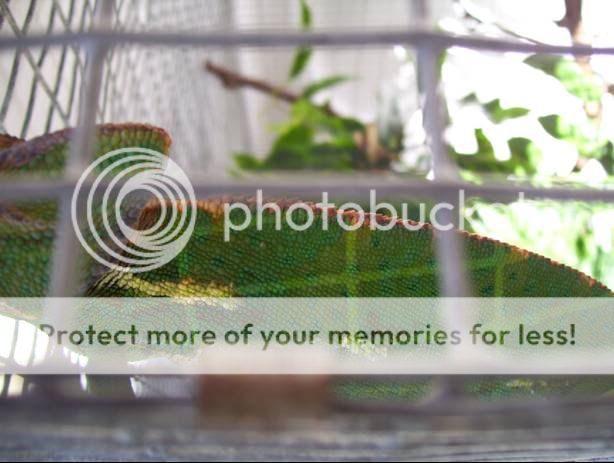langers2004
New Member
Langers - it looks like you're on the right track with the husbandry answers you provided but I have just a few suggestions:
Chams need warmth to digest their food so if you want to feed him twice a day I would do it in the morning and afternoon no later than 3pm so he has plenty of time to digest his food before going to bed that night.
Gut loading is absolutely critical to good health, especially in a growing boy! You will want to provide dark leafy greens such as collards, kale, turnip greens, dandelions and a mix of fruits and veggies. The link in my signature has nutritional info on commonly available fruits and veggies to give you an idea of what to use. Aim for those higher in calcium than phosphorus and avoid goitrogens and oxalates as they interfere with calcium absorption. It's a list made for iguanas but the concepts are the same. Feeding those to your crickets before they are fed to your Cham will definitely be much better for him.
Dusting schedule most commonly recommended is calcium (without D3 or phosphorus) at every feeding and alternate once a week between a multivitamin and calcium with D3 so those are given twice a month.
Remember that UVB bulbs only last about 6 months so you will need to change the bulb twice a year even if it's still shining because it is not outputting adequate levels of UVB.
If you have any questions about any of that please feel free to ask. I hope you get an answer for your little guy and he improves soon!
Im going to move the light and see if he lightens in colour. Could be a defense to the heat.
I have been told the mvb i have has a 12 month life span. It is a really good make too ill try and find the box and show you.
Gut loading i will change what i have been doing and give them a better diet.
Can you advise on actually how to feed. Is dropping them in ok?
Also the amount of dusting to use, im worried im using too much as he only gets a few bugs each day.






